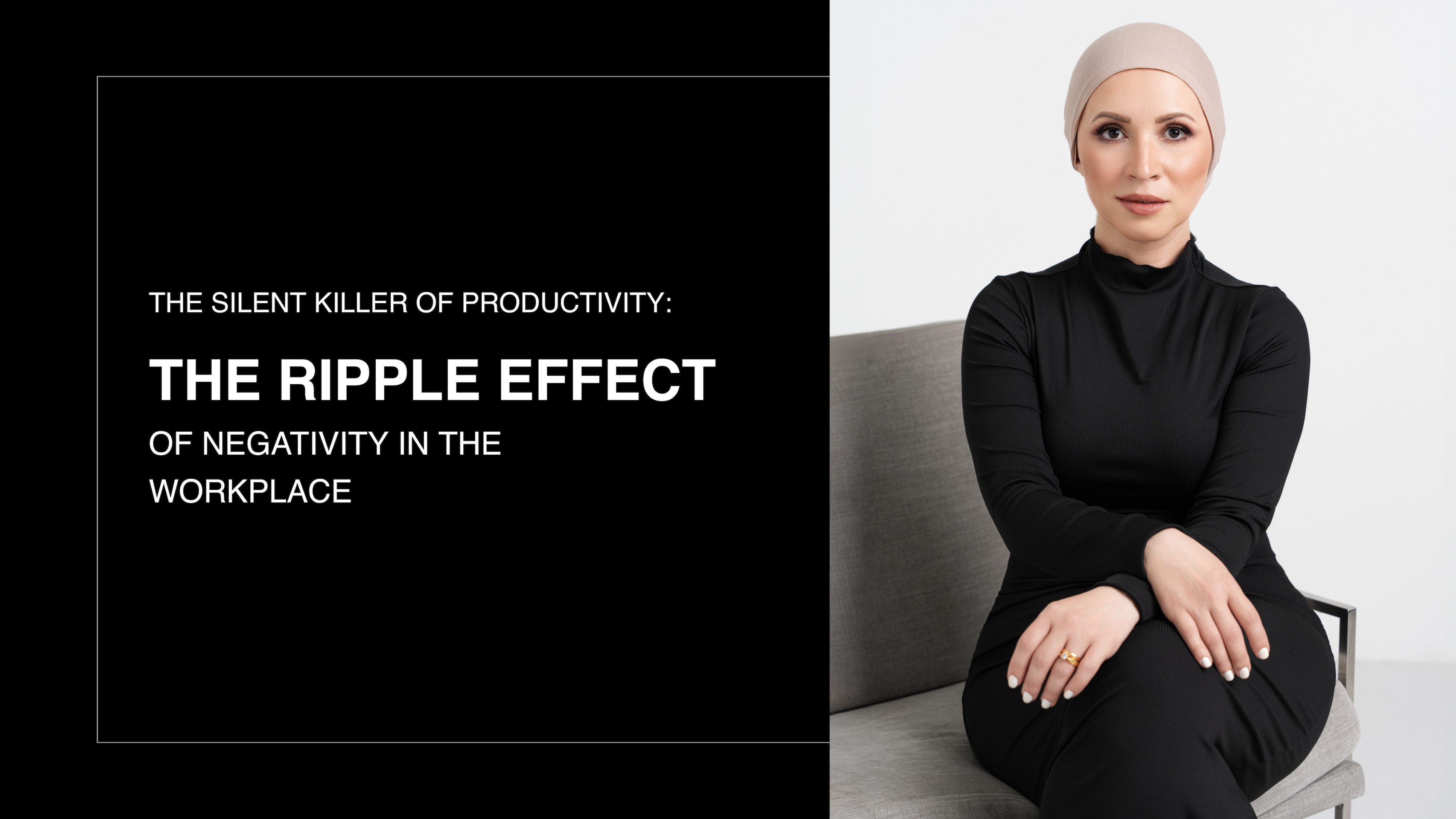The Silent Killer of Workplace Productivity

The Ripple Effect of Negativity in the Workplace
I have found that one of the most overlooked yet destructive forces in any organization is the presence of a negative employee. Research by Will Felps, Terence R. Mitchell, and Eliza Byington at the University of Washington found that a single toxic individual in a team can reduce group performance by 30-40% (Felps et al., 2006). This is not just an issue of poor morale—it is a measurable drop in productivity, collaboration, and overall success.
The Power of Emotional Contagion
I strongly believe that negativity in the workplace is not self-contained; it spreads. According to the study, toxic behaviors such as hostility, disengagement, and lack of cooperation have a ripple effect, leading to lower motivation and increased stress among team members. The phenomenon of emotional contagion—where one person’s mood influences others—means that a single difficult employee can create widespread dissatisfaction, which in turn leads to higher turnover, lower efficiency, and decreased innovation. Even high performers, when placed in a toxic environment, become demotivated and disengaged, making it nearly impossible for a team to succeed.
The Immediate Need for Action
What makes this situation even more alarming is how often businesses ignore the problem. I have seen companies tolerate toxic employees for far too long, assuming that the rest of the team can compensate for the damage. However, Felps and his colleagues proved that even strong teams suffer when faced with persistent negativity. This is not an issue that can be solved through patience or indirect management. A business must act immediately when signs of toxicity appear.
Eliminating the Threat Before It Grows
A negative employee is not just a minor inconvenience; they are an active threat to workplace efficiency. I firmly believe that businesses need to adopt zero-tolerance policies when it comes to toxic behavior. Regular performance assessments, open communication, and clear workplace expectations should be enforced to prevent such situations from escalating. Allowing toxicity to persist is a direct cost to the company—one that is paid in lost productivity, employee dissatisfaction, and, ultimately, revenue loss.
Removing toxicity from the workplace does more than prevent damage—it creates an environment where aligned, motivated employees can thrive. When negativity is eliminated, teams become more cohesive, morale improves, and productivity increases. This shift fosters a culture of growth and scalability, where employees are not just surviving but actively contributing to the company's long-term success. A strong, well-aligned team built on trust and shared goals is the foundation of any business that aims to expand and lead in its industry.
Conclusion
The research is clear: negativity in the workplace is more than an annoyance; it is a productivity killer. From my perspective, companies that fail to identify and remove toxic individuals are risking far more than temporary frustration—they are compromising their entire workforce.
The solution is straightforward: businesses need to recognize and eliminate negativity immediately, before it has the chance to destroy what they’ve built.




